It’s time for some cranberry, pumpkin, apples, and everything spiced! Sweater season is here which means we’re hungrier than ever. Want to know what food to cook this Fall? Keep on reading!
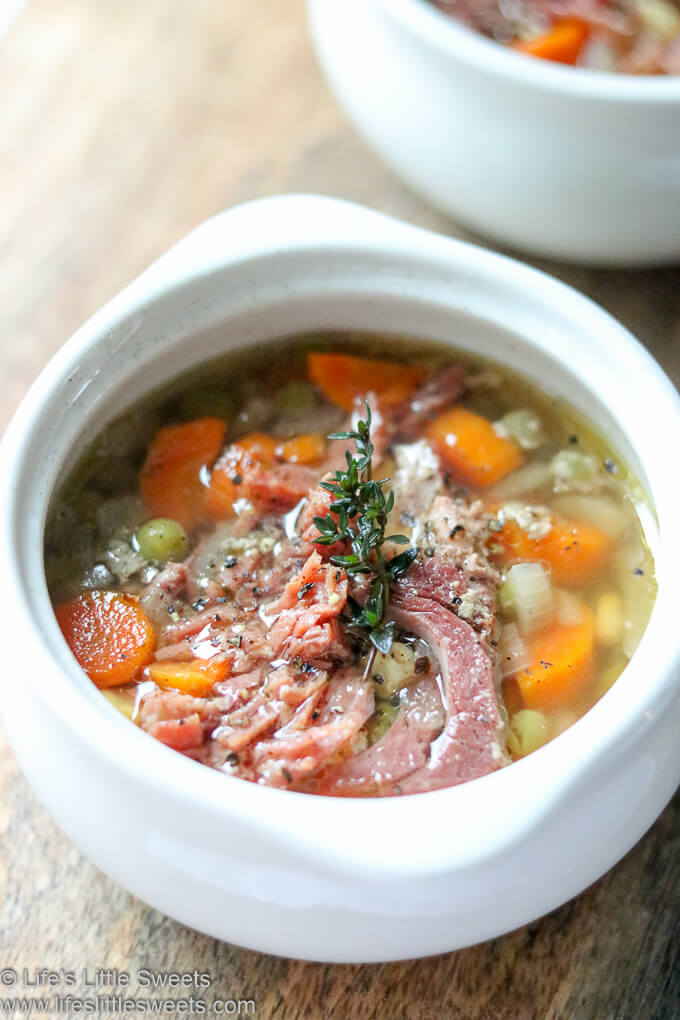
Omnivore loving vegan, gluten-free & beverage recipes

Fall Food Lists Recipes By Season
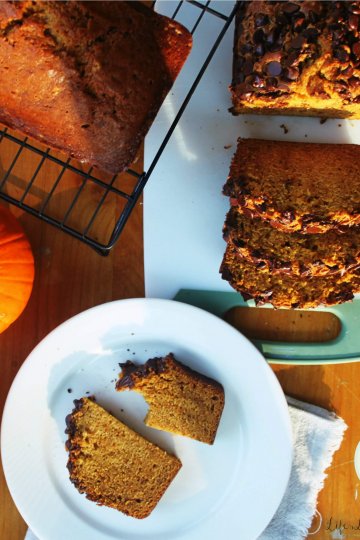
Any Season April August breads brunch recipes December Desserts Entertaining Fall February Food January July June March May November October Recipes Recipes by Diet Lifestyle Recipes By Month Recipes By Season September Spring Summer Sweet Vegetarian Recipes Winter
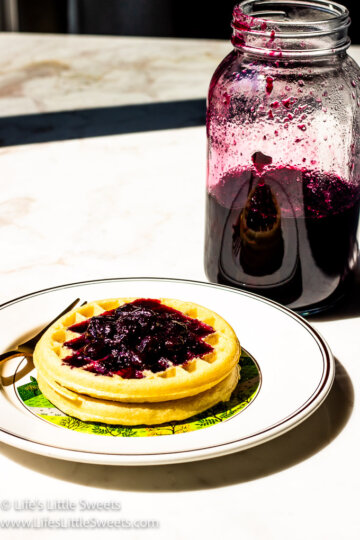
Any Season April August December Events Fall February Food January July June March May Northeast November October Recipes by Diet Lifestyle Recipes By Month Recipes By Season September Spring Summer Summer Solstice Sweet toppings USA Region Vegetarian Recipes Winter

Desserts Food July June Popular Recipes Recipes Recipes by Diet Lifestyle Recipes By Month Recipes By Season Summer Sweet Vegetarian Recipes
Life’s Little Sweets celebrates seasonal cooking and local food pathways. Find inspiration from farms, CSAs, and home gardens with recipes that highlight fresh ingredients, community, and the joy of cooking through the seasons. Continue Reading

It’s time for some cranberry, pumpkin, apples, and everything spiced! Sweater season is here which means we’re hungrier than ever. Want to know what food to cook this Fall? Keep on reading!
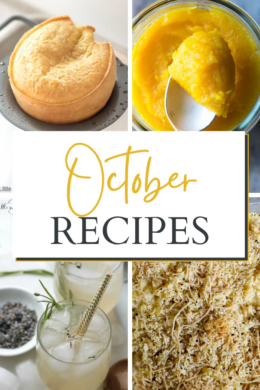
October means fall is upon us. This might be the season that you’re craving for some warm pies, pumpkin bread, and cold drinks — like wine for example. Or simply just some coffee or tea for those who don’t want to go in the alcoholic route.

Are you looking for some refreshing drink to beat out the hot summer heat or do you just want to try a few new dishes on the grill for July?

Here are 10 4th of July Recipes! We got you covered from savory family style main dishes, sides to sweet dessert options. *This post was originally published on 7/2/2018 and updated 6/23/2019 Hello Everyone! Independence Day, better known as 4th of July is upon us, so what are you making for this classic American holiday?...





This post may contain affiliate links. Please read my disclosure policy
Estimated reading time: 4 minutes
Learn how much juice is in lemon with our comprehensive guide. Discover the different types of lemons, how to choose the juiciest ones, and tips for getting the most juice out of each lemon. Get ready to take your cooking and baking to the next level with our lemon juice guide.

Lemons are a versatile fruit that adds flavor and nutrition to many dishes, from savory to sweet. Whether you're making lemonade, salad dressing, or marinade, it's helpful to know how much juice is in a lemon so you can adjust your recipe accordingly. In this guide, we'll explore the different factors that affect lemon juice yield, as well as tips for getting the most juice out of your lemons.
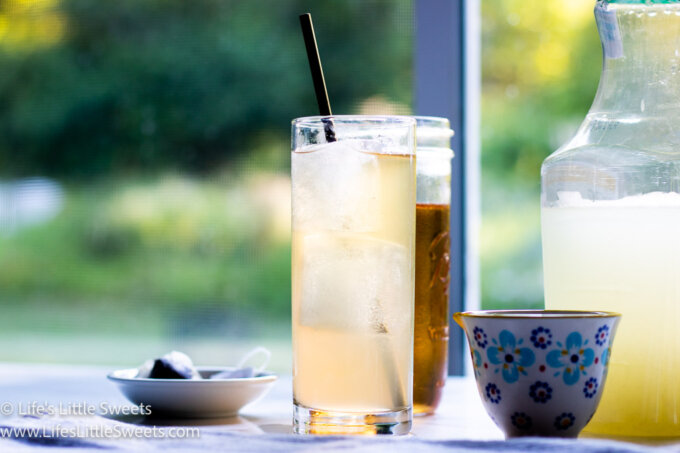
The amount of juice in a lemon can vary depending on several factors, such as the size, ripeness, and variety of the fruit. Generally speaking, larger lemons will yield more juice than smaller ones, and ripe lemons will be juicier than unripe ones. However, even within the same batch of lemons, there may be variations in juice yield due to individual differences.

There are several ways to measure lemon juice, depending on the recipe and your personal preference. Some recipes may call for the juice of one or more lemons, while others may specify a certain amount of juice in tablespoons or cups. Here are some common measurements for lemon juice:
On average, half of a medium-sized lemon contains about 1 tablespoon (0.5 fluid ounces) of juice. However, this can vary depending on the size and ripeness of the lemon, as well as how it is juiced. It's always a good idea to measure the juice of your lemons to ensure accurate results in your recipes.
To get the most juice out of your lemons, there are a few tricks you can try:
In addition to being a tasty addition to your favorite recipes, lemons also offer a range of health benefits. They are a good source of vitamin C, which supports immune function and may help prevent colds and flu. Lemons also contain antioxidants, which can protect against cellular damage and reduce the risk of chronic diseases like heart disease and cancer. Plus, the citric acid in lemons may aid digestion and promote weight loss.
Knowing how much juice is in a lemon is a useful skill for any cook or baker. With these tips and tricks, you can get the most out of your lemons and add a burst of flavor and nutrition to your favorite dishes.
Disclaimer: The information provided in this article is for educational and informational purposes only. It is not intended to be a substitute for professional advice or diagnosis or treatment. Always seek the advice of your physician or other qualified healthcare providers with any questions you may have regarding a medical condition or dietary changes. We do not make any warranties about the completeness, reliability, and accuracy of this information. Any action you take upon the information on this website is strictly at your own risk, and we will not be liable for any losses and damages in connection with the use of our website or the information contained therein.
This site uses Akismet to reduce spam. Learn how your comment data is processed.
Leave a Reply
You must be logged in to post a comment.